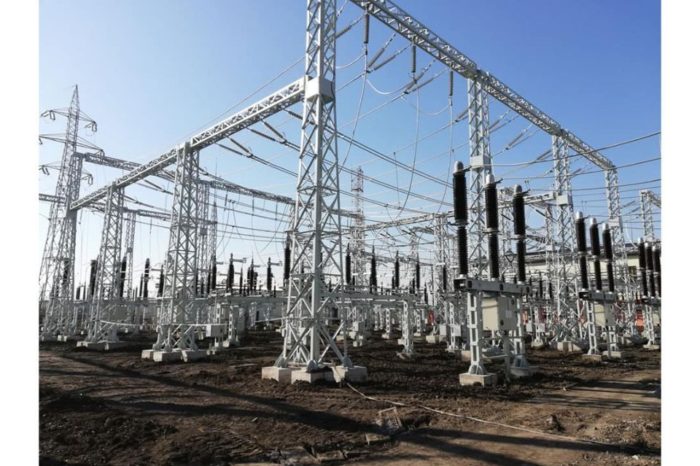National currency softening could pressure rental costs significantly, says Colliers

In a volatile context generated by the Covid-19 epidemic, the local real estate market could be affected this year by the potential depreciation of the Romanian national currency. The depreciation has been minor so far in Romania, of a bit above 1% against the euro in the last couple of months, compared to other countries in the region, like Poland, Czech Republic or Hungary, where national currencies are up to 10% weaker against the euro. Should RON face a similar depreciation, the cost to rent a property would increase substantially, leading to up to 25,000 euro extra costs per year for a prime 1,000 square meter office space in Bucharest, with service charges included, Colliers International consultants estimate.
The Covid-19 pandemic is expected to cause disruptions to various economic sectors throughout the world, including real estate. A particular challenge faced by commercial real estate players in the CEE (Central and Eastern Europe) region is the fact that rents and service charges are paid in Euro and this may create issues down the road. The situation is especially challenging for Czechia (Czech koruna – CZK), Poland (Polish złoty – PLN) and Hungary (Hungarian forint – HUF), where the national currencies have weakened against the euro between 7% and 10%.
“The evolution of the national currency is not as bad in Romania, where the RON has softened just 1.3% between mid-February to end-March against the euro. This might not mean much for rents now, but the situation needs to be put into wider context, as the Romanian currency had been weakening constantly over the last 5 years whereas regional peers were less dynamic. Compared to 5 years ago, the RON is nearly 9% weaker compared to 11% for the PLN and 17% for the HUF, with the most important softening move for the Polish and Hungarian currencies taking place just this year”, says Silviu Pop, Head of Research at Colliers International, who has analysed various scenarios regarding the evolution of the national currency and the possible impact on the real estate market.
Given the more elevated internal imbalances facing Romania, many analysts do not exclude the possibility of a much bigger depreciation for the RON this year. Last autumn, the International Monetary Fund argued that, given the macroeconomic fundamentals, the Romanian RON had room to depreciate by some 10%, and that means the risks are pointing to a softer reading down the line, but this is clearly a worse case scenario. It is worth pointing out that the main scenario would be that of a much smaller softening, with surveys undertaken by CFA Society Romania among local financial professionals pointing to a median forecast of EUR/RON at 4.94 on a 12 months horizon.
“In such an extreme risk scenario of a 10% depreciation of RON against the euro, real estate property costs would increase with the equivalent of 25 euro per square meter per year, which is a significant price increase especially in the current context. In theory, this would have to be covered solely by the tenant, but the extraordinary circumstances in the market mean that landlords, particularly from retail and office segments, may not be in an overly dominant position to negotiate”, says Silviu Pop.















